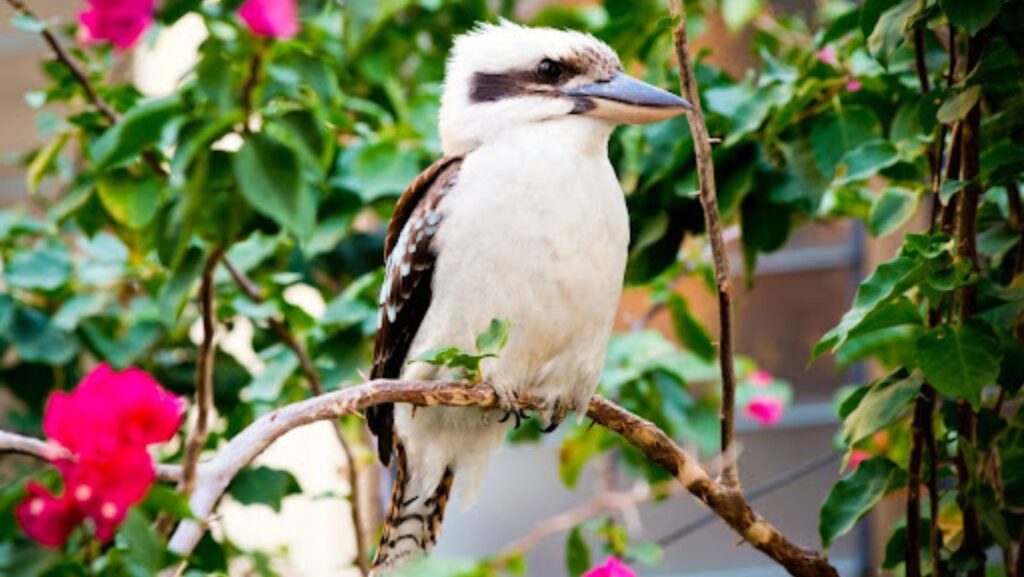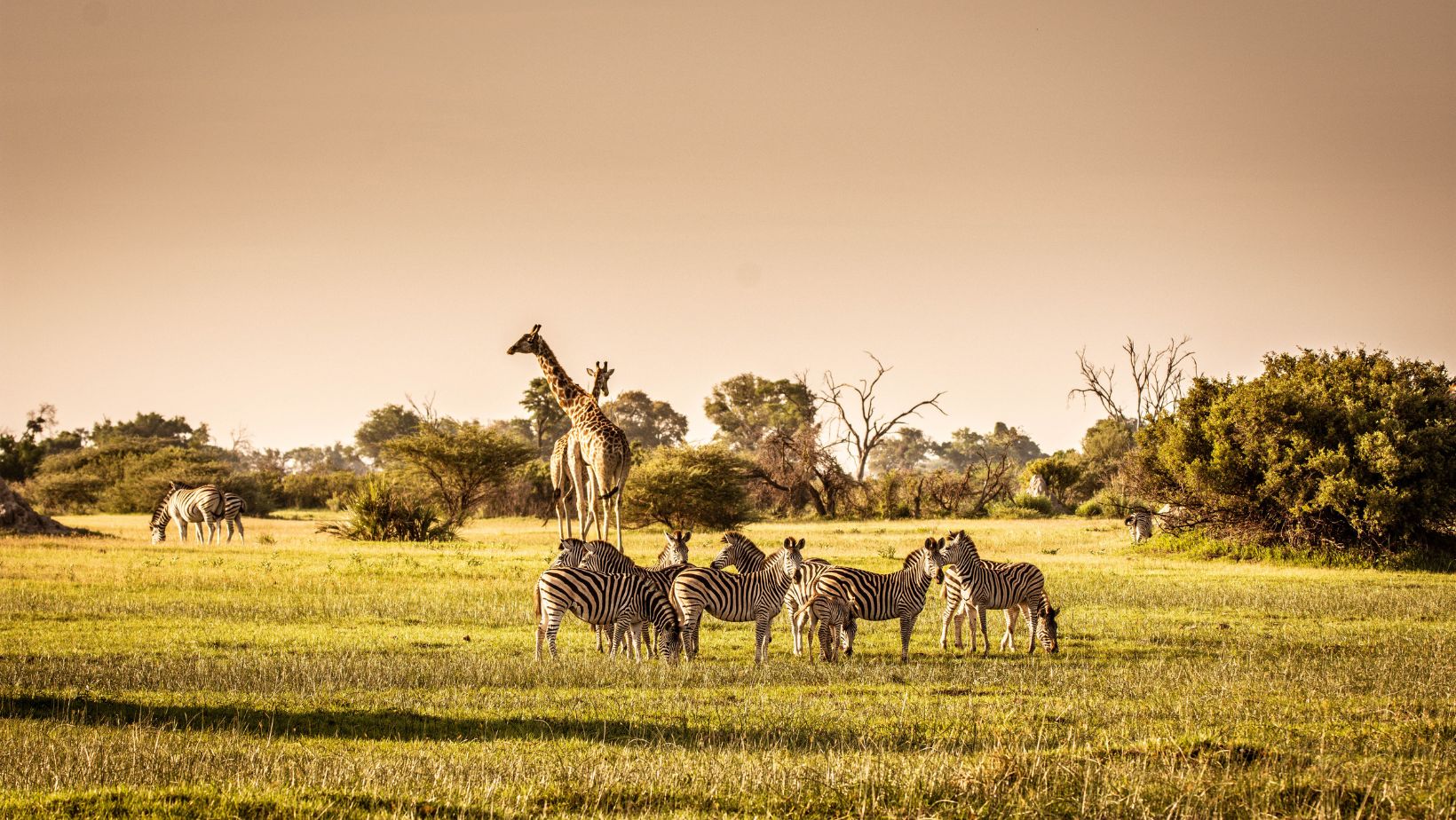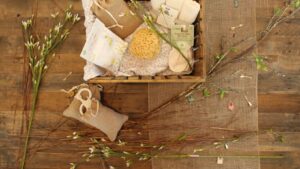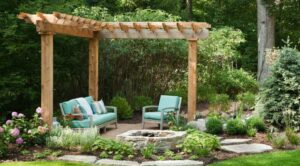
Fostering biodiversity within urban environments is an increasingly significant endeavor, and gardens represent vital areas that can directly contribute to this objective. Creating a garden designed to attract local wildlife enhances the beauty and inherent value of your space while simultaneously supporting the overall health of the natural environment.
The benefits of drawing local wildlife into your garden are manifold. From natural pest control methods afforded by birds and insectivorous species to the invaluable pollination processes carried out by insects, the practical advantages are numerous. Beyond these ecological benefits, relishing in the delight of watching a variety of native birds and insects in your own backyard enriches personal mental well-being.
Located on the Eastern coast of Australia, Sydney boasts distinctive and rich wildlife. Sydney gardens could see regular visits from bright lorikeets, industrious native bees, charming brushtail possums, and even microbats under the right conditions. These creatures not only add life to your backyard but are vital contributors to local ecosystems. This exploration into sustainable gardening practices will help residents nurture a vibrant biodiversity hotspot right in their backyard.
Understanding Sydney’s Native Wildlife
The greater Sydney region is home to a diverse array of native wildlife. Avian residents include species such as the familiar rainbow lorikeet, the songful Australian magpie, the robust kookaburra, and the dainty fairy-wren. Many of these bird species bring benefits to your garden, from their enchanting tunes to their role in keeping the insect population under control.
The insect world is equally fascinating and varied. Native species such as the blue-banded bee, the red and blue beetle, and various butterfly species contribute prominently to pollination. Regarding mammals, you might encounter brushtail possums, sugar gliders, and several bat species, all of which have ecological duties, from seed dispersion to reducing the number of potential pests.
The importance of these creatures extends beyond their aesthetic appeal. They are vital contributors to your garden’s well-being and the larger ecological network of the city. Thus, efforts must be made to recognize, cherish, and protect them. Luckily, field guides, online databases, and even phone applications exist to facilitate their identification and appreciation.
Creating a Habitat-Friendly Garden
Attracting and preserving local wildlife requires careful planning and selection of native plants. Species like the flowering banksia, delicate kangaroo paw, colorful bottlebrushes, and nectar-rich grevillea not only beautify your garden but hugely benefit local wildlife, such as birds and insects.
Appreciating the concept of structural diversity is cardinal to fostering a habitat-rich garden. This involves creating levels in your garden through the incorporation of tall trees, medium shrubs, and ground-covering plants, resulting in a multi-layered environment attractive to diverse species at different vertical levels.
Including water features like birdbaths or small ponds significantly enhances the allure of your garden to local wildlife. They offer a vital source of water for drinking and bathing. Furthermore, components often deemed as waste, such as deadwood, fallen leaves, branches, and natural debris, provide much-needed habitat, shelter, and breeding sites for insects and small mammals.
Providing Food Sources for Wildlife
Choosing the right plant species can provide local wildlife with sustainable, year-round food sources. Bottlebrushes, banksias, and eucalypts are not only beautiful Australian natives, they are also known for their bushy flowers packed with nectar, attracting a variety of birds and pollinating insects.
Planning your garden plantings can ensure a steady supply of food throughout the year by alternating species that flower and fruit in different seasons. A consistent food supply can sustain local populations of native species during leaner times of the year.
Eschewing chemical pesticides and fertilizers is another crucial aspect. These products can be harmful to wildlife and can disrupt the balance of your garden’s ecosystem. Relying on natural pest control methods, such as introducing predator insects, can produce the same effects in a wildlife-friendly way. Embracing a layered landscape concept that mimics the natural habitats of local wildlife provides an effective method of providing food at various levels, catering to the diverse range of species in your space.
Ensuring Shelter and Safety in the Garden
When designing a wildlife-friendly garden, it is paramount to consider resting, nesting, and hiding spaces for the small mammals and avian guests who visit your garden. Planting wildlife-friendly trees such as eucalyptus, banksia, or bottlebrush can provide excellent shelter and food sources for local birds and animals. These trees not only offer nesting spots but also attract pollinators like bees and butterflies with their flowers.
Birdhouses and feeders add an additional level of amenity to your garden wildlife. Still, the safety of these facilities needs to be considered in their placement. They should stand at a sufficient height and nestled within the foliage for protection from predators.
Construction materials used in your garden should also err towards a non-toxic, wildlife-friendly approach. Ensuring protection against domestic pets roaming your garden and potential predators will enable the safe habitation of wildlife in your space.
Encouraging Biodiversity and Ecological Balance
Attracting a broad range of species to your garden is a key component of fostering a healthy, balanced ecosystem. The presence of multiple species ensures a multitude of ecological roles are fulfilled, facilitating natural pest control and pollination.
Supporting pollinators like bees, butterflies, and beetles is critical. These organisms are responsible for de facto fertilization, without which flowering plants and crops would fall into severe decline.
Promoting beneficial insects and their natural pest control methods can help maintain the health of your plants. Planting varieties like dill, fennel, or yarrow can lure beneficial insects such as ladybirds, lacewings, and hoverflies.
Numerous community programs and local initiatives support wildlife gardening by offering resources, discounted plants, and invaluable information. These initiatives encourage and assist gardeners in contributing to broader conservation efforts.
Conclusion
Attracting and preserving the local wildlife of your Sydney garden is a rewarding endeavor that provides both personal joy and substantial benefits to our broader environment. Implementing these practices can transform an ordinary garden into a thriving, biodiversity-rich haven.
The accomplished feat of creating a wildlife-friendly garden not only gives the satisfaction of a lively and beautiful environment but it also lets you contribute meaningfully to the local biodiversity’s sustained health.
Gardeners are encouraged and urged to undertake these practices and inspire others to follow suit through reached-out stories and shared experiences. Such actions foster a collective effort to preserve and uphold our invaluable local wildlife and the ecological balance of the Sydney region.













